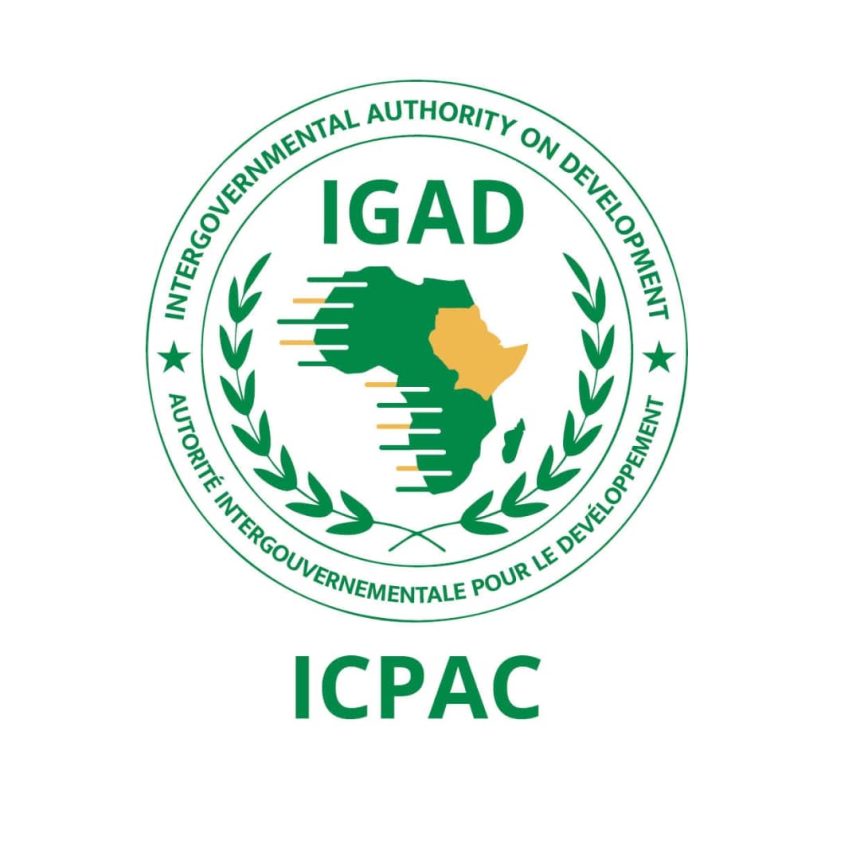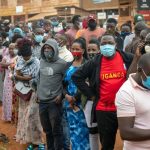Nairobi, (SONNA) – The IGAD Climate Prediction and Applications Centre (ICPAC), in collaboration with the National Meteorological and Hydrological Services (NMHSs), the World Meteorological Organization (WMO), and development partners, has released the October to December (OND) 2025 seasonal climate outlook during the 71st Greater Horn of Africa Climate Outlook Forum (GHACOF 71). The forum brought together experts and decision-makers to assess the performance of the June–September season and present the consolidated regional outlook for OND 2025.
The OND season is critical for the equatorial Greater Horn of Africa, contributing up to 70% of annual rainfall in parts of Kenya and Somalia. The latest forecast indicates an increased likelihood of below-normal rainfall over much of the region, coupled with warmer-than-usual surface temperatures.
Key Highlights of the OND 2025 Outlook
Rainfall Forecast
- Below-normal rainfall is expected across most of the region, with the strongest signal in southern Ethiopia, much of Somalia, eastern Kenya, and parts of central and southern Tanzania.
- Above-normal rainfall is likely in south-eastern South Sudan, north-eastern and south-western Uganda, northern Somalia, and parts of northern Rwanda.
- A high likelihood (>70%) of exceeding 300 mm of rainfall is forecast for parts of western Kenya, southern Uganda, much of Rwanda and Burundi, and north-western Tanzania.
- Regions such as south-western Ethiopia, north-western Kenya, central to northern Uganda, most of Rwanda, and western Burundi show equal chances for rainfall.
- Delayed onset is expected in southern Somalia, eastern/central Kenya, and parts of southern and eastern Tanzania.
- Early to normal onset is likely across much of south-western Ethiopia, southern South Sudan, Uganda, western Kenya, Burundi, Rwanda, and central/western Tanzania.
Temperature Outlook
- Warmer-than-average temperatures are forecast across most of the Greater Horn of Africa, particularly in the east.
- Average to cooler-than-average conditions are expected in cross-border areas of Uganda, South Sudan, and Kenya, as well as north-western Sudan.
Voices from the Region
H.E. Mr. Mohamed Ware, Deputy Executive Secretary of IGAD, emphasised:
“The Greater Horn of Africa is at the frontline of the climate crisis. Climate information must reach the last mile, and only through collaboration and early action can we turn forecasts into meaningful messages that drive timely action.”
Dr. Deborah M. Barasa, Cabinet Secretary, Ministry of Environment, Climate Change and Forestry, Kenya, noted:
“Bridging the early warning gap requires shared knowledge, timely information, and a united regional approach. Kenya remains committed to supporting regional frameworks that strengthen climate resilience across our communities.”
Mr. Edward Muriuki, Acting Director of the Kenya Meteorological Department (KMD), stressed:
“Early warning systems save lives only when they reach everyone, including the most vulnerable. At KMD, we remain committed to providing accurate and timely climate services that support communities to plan, adapt, and build resilience.”





